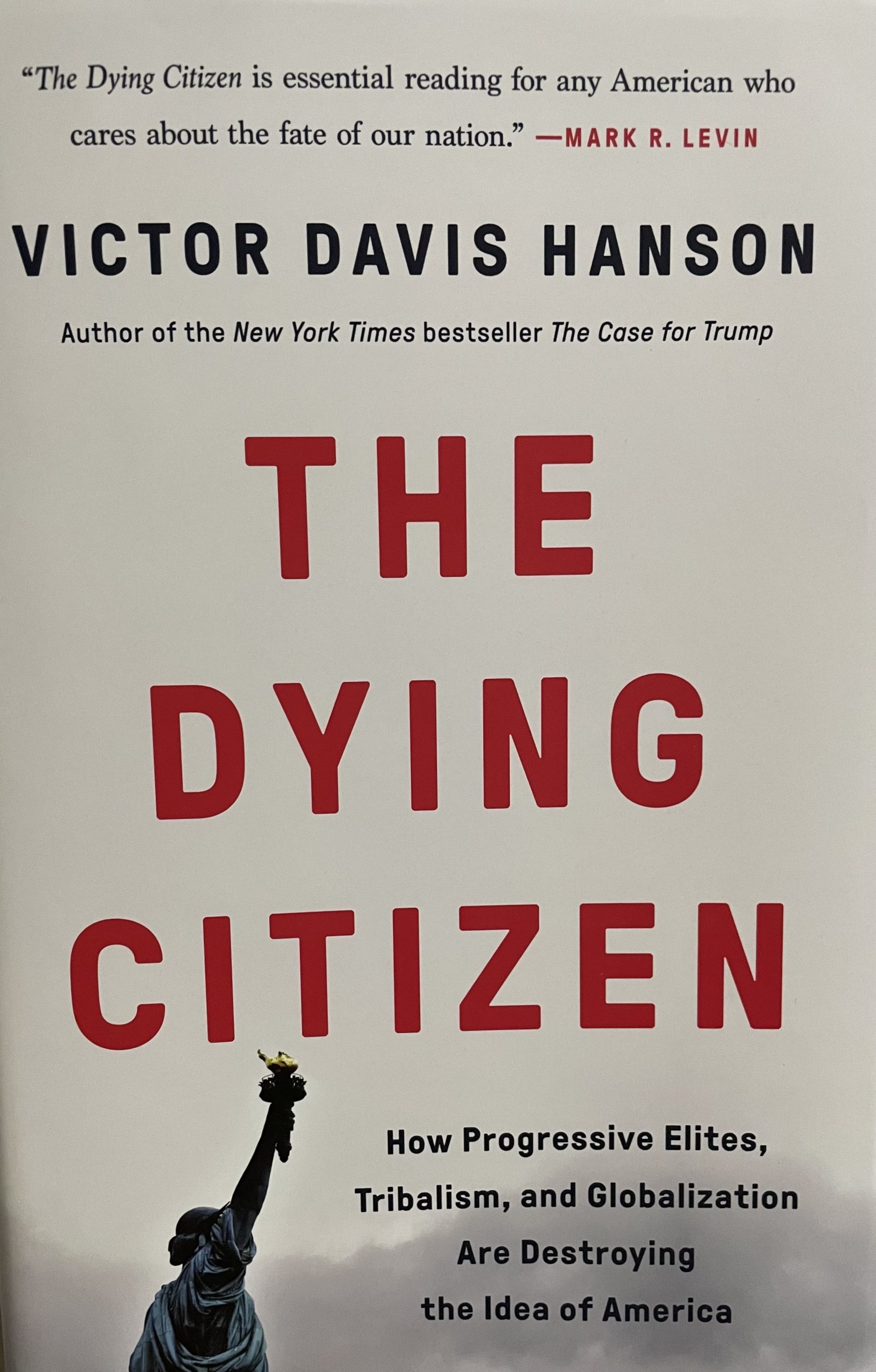Those of us who suffered through the old math nevertheless saw the nice, linear relationship between the first numbers that we learned to add and subtract and the checkbooks that we had to balance later in life. Today’s public school students are not always so fortunate.
A Prince George County public school teacher in the state of Maryland gave her 10th grade math class a test that contained the following phrases:
• “Jose has two ounces of cocaine.”
• “Willie gets $200 for a stolen BMW.”
• “Raul gets six years for murder.”
The school district felt compelled to apologize to parents, but not broken up enough to fire the teacher. In a way, that geometry teacher was giving a higher level of math instruction than many pupils in government schools get.
When the Brown Center on Education Policy at the Brookings Institution examined the math exams that most fourth graders take, its analysts found the questions “extraordinarily easy.” Public school teachers have been bragging about the uptick in scores on that test, the National Assessment of Educational Progress (NAEP), for the past three years. The NAEP is administered by the U. S. Department of Education (DOE).
“We dress up these items as problem solving,” Brown Center director Tom Loveless said of the NAEP results. “But the fact is that to solve these items, you don’t have to know arithmetic beyond a 3rd grade level.”
The 4th and 8th grade NAEP exams feature many test questions on whole numbers. Less prevalent on the exam are questions about fractions, decimals and percentages. The lack of rigor in the exam may reflect the training of the students’ math teachers themselves.
The Brown Center examined the qualifications of public school math teachers and found them less than impressive. “Of those polled, only 22 percent said they had majored in math in college, and just 41 percent said they had teaching certificates in the subject,” Sean Cavanagh reported in Education Week.
That may explain why most of the math education programs that teachers select are so weak. At least, the DOE found them wanting.
“Most of the off-the-shelf mathematics programs used in middle schools across the country have little or no rigorous evidence attesting to their effectiveness,” Debra Viadero reported in Education Week late last month.
These underperforming programs frequently come from very prestigious publishers, such as Addison-Wesley, Heath, Holt, Glencoe and Scott Foresman. Among the top three that the DOE gave a relatively high grade to, Saxon Math, a favorite of homeschoolers, is not widely used in public schools and becoming increasingly hard to find for home schooling parents.
Dr. Arthur B. Robinson of the Oregon Institute of Science and Medicine offers an explanation for the shortage that is far from reassuring.
“The math performance of these [homeschooled] students as compared with public schooled students has been a continuous thorn in the sides of tax-financed ‘educators,’” according to Dr. Robinson. “They have longed to rid themselves of the Saxon-educated students who do not attend school and have math skills far beyond those which public school students can hope to achieve.”
Hence, Dr. Robinson claims, “Public school bureaucrats paid by tax funds are now forcing book companies to sign contracts agreeing not to sell math texts to the public—at any price.”










